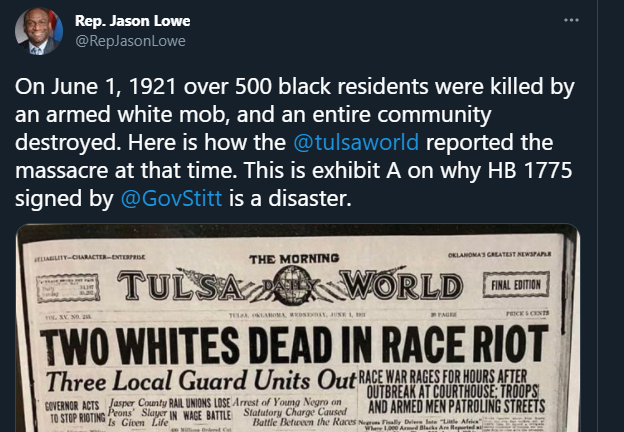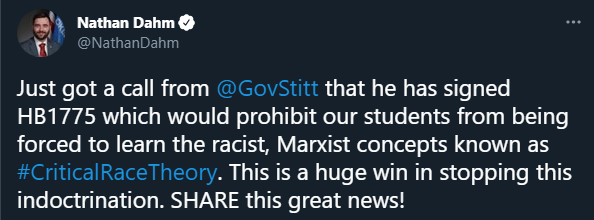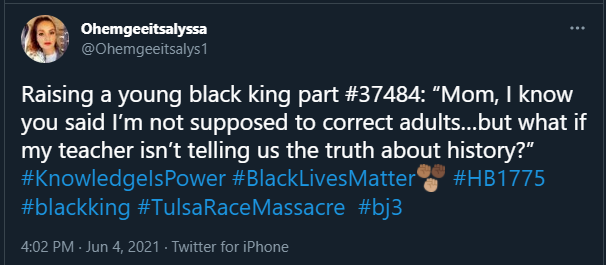13 When Emotional Content Goes Viral
Check your emotions.
This isn’t quite a strategy (like “go upstream”) or a tactic (like using date filters to find the origin of a fact). For lack of a better word, let’s call this advice a habit.
The habit is simple. When you feel strong emotion–happiness, anger, pride, vindication–and that emotion pushes you to share a “fact” with others, STOP. Above all, these are the claims that you must fact-check. — Building a Fact-Checking Habit by Checking Your Emotions, Michael Caulfield
Why should a person fact-check as a habit? Answer: Because you’re already likely to check things you know are important to get right, and you’re predisposed to analyze things that put you in an intellectual frame of mind. But things that make you angry or overjoyed, well… our record as humans are not good with these things.
In addition to the four strategies discussed in the last section, it is especially important to fact-check claims when they evoke strong emotions. Some of the information found on social media or the web may cause us to experience emotions such as happiness, anger, pride or vindication, and our inclination is to immediately share this information with others. Remember to verify these claims, just as you would when you fact-check statistics for inclusion in an academic paper.
Below are some examples of emotionally-charged tweets:



You do not need to know much of the background of these tweets to see the topic is controversial and emotional. Governor Stitt signed into law HB 1775 which prohibits the teaching of Critical Race Theory in Oklahoma schools. As you can see, some people believe this is an excellent idea and paint the other side in inflammatory terms. On the other end, other people are reacting to the issue in a similar heightened state of defensiveness and connect their response to both historical and current trauma.
The question for you as the information consumer is which voices are trustworthy. And if we are not sure what is true, should we really be retweeting it?
Our normal inclination is to ignore the need to fact-check when we react strongly to content, and researchers have found that content that causes strong emotions (both positive and negative) spreads the fastest through our social networks. For further reading, see “What Emotion Goes Viral the Fastest?” by Matthew Shaer. Activists and advocates take advantage of our emotional response to information.
Concept Review Exercises: Checking Emotions
Sources
This section includes material from the source chapters, “Building a Fact-Checking Habit by Checking Your Emotions” by Michael A. Caulfield, found in Web Literacy for Student Fact-Checkers, licensed as CC BY 4.0, and “When Emotional Content Goes Viral” by NSCC and Michael A. Caulfield, found in NEW Web Literacy for College Students (2nd Ed), licensed as CC BY 4.0, as well as the following:
“Just got a call from @GovStitt…” Twitter, uploaded by Nathan Dahm, 7 May 2021.
“On June 1, 1921 over 500 black residents were killed…” Twitter, uploaded by Rep. Jason Lowe, 1 June 2021.
“Raising a young black king…” Twitter, uploaded by Ohemgeeitsalyssa, 4 June 2021.
Shaer, Matthew. “What Emotion Goes Viral the Fastest?” Smithsonian Magazine, April 2014.
Original material by book author Calantha Tillotson.

